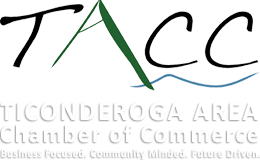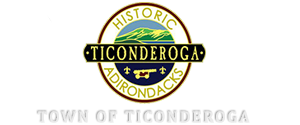Organization: Organization establishes consensus and cooperation by building partnerships among the various groups that have a stake in the commercial district. The most effective Main Street programs get everyone working toward the same goal. With this level of collaboration, your Main Street program can provide effective, ongoing management and advocacy for your downtown or neighborhood business district. Through volunteer recruitment and collaboration with partners representing a broad cross section of the community, your program can incorporate a wide range of perspectives into its efforts. A governing board of directors and standing committees make up the fundamental organizational structure of volunteer-driven revitalization programs. Volunteers are coordinated and supported by a paid program director. This structure not only divides the workload and clearly delineates responsibilities, but also builds consensus and cooperation among the various stakeholders.
Promotion: Promotion takes many forms, but the goal is to create a positive image that will renew community pride and tell your Main Street story to the surrounding region. The techniques we teach, and the variety of tools at your disposal, will help to rekindle the vitality of your community. Promotions communicate your commercial district’s unique characteristics, its cultural traditions, architecture, and history and activities to shoppers, investors, potential business and property owners, and visitors.
Design: Design means getting Main Street into top physical shape and creating a safe, preserving a place’s historic character, inviting environment for shoppers, workers, and visitors. Successful Main Streets take advantage of the visual opportunities inherent in a commercial district by directing attention to all of its physical elements: public and private buildings, storefronts, signs, public spaces, parking areas, street furniture, public art, landscaping, merchandising, window displays, and promotional materials. An appealing atmosphere, created through attention to all of these visual elements, conveys a positive message about the commercial district and what it has to offer. Popular design activities also include instilling good maintenance practices in the commercial district, enhancing the district’s physical appearance through the rehabilitation of historic buildings, encouraging appropriate new construction, developing sensitive design management systems, educating business and property owners about design quality, and long-term planning.
Economic Restructuring: Through economic restructuring, we can show you how to strengthen your community’s existing economic assets while diversifying its economic base. Successful communities accomplish this by evaluating how to retain and expand successful businesses to provide a balanced commercial mix, sharpening the competitiveness and merchandising skills of business owners, and attracting new businesses that the market can support. Many Main Street programs also achieve success through creative reuse of historic properties. Converting unused or underused commercial space into economically productive property also helps boost the profitability of the district. The goal is to build a commercial district that responds to the needs of today’s consumers while maintaining the community’s historic character.





